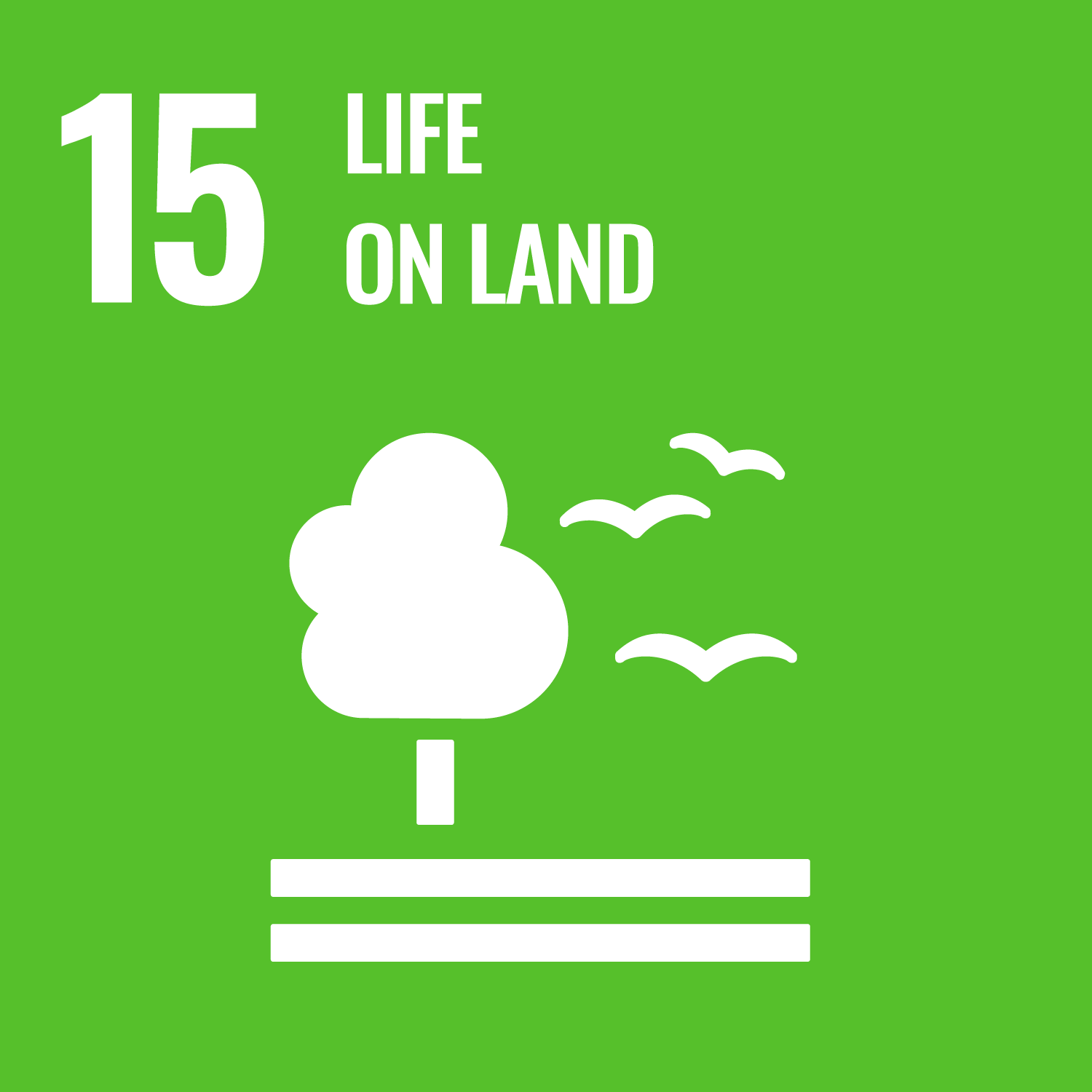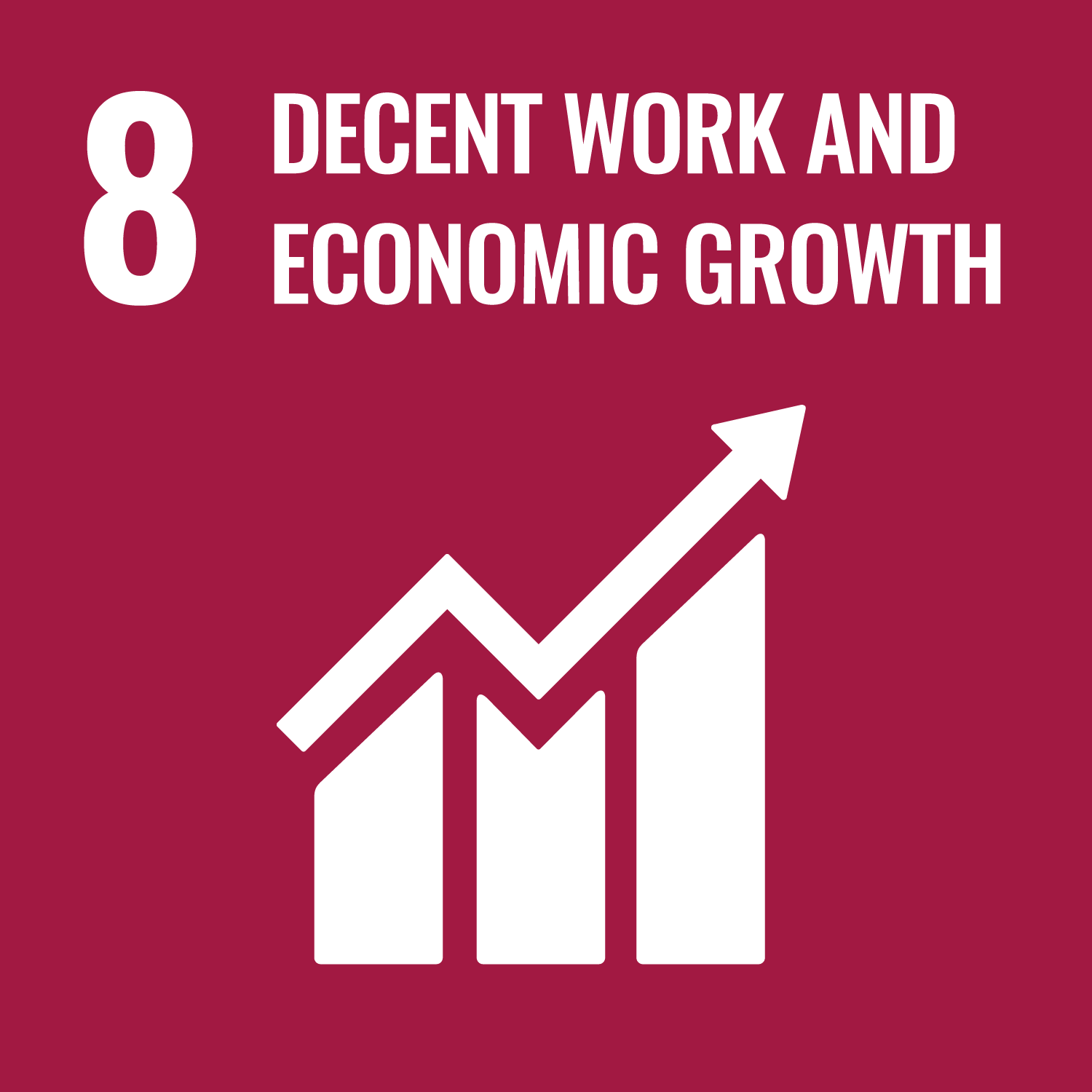LCS-FY2020-PP-13
Study on the Effects of Measures to Reduce Timber Production and Distribution Costs Based on a Timber Production and Distribution Flow Model
Summary
In order to establish a sustainable woody biomass system, it is important to expand the use of forest resources in the region. In this study, we have focused on the fundamental factor that prevents this from happening: the costs of timber production and distribution. To ensure a stable supply of timber and to expand the use of forest resources within the region, the forestry industry needs to become economically independent through mechanization and smart management.
Many existing studies have discussed the effects of implementing measures at each stage of production and distribution. In this proposal, we have developed a wood production and distribution flow model using system dynamics to systematically examine the effect of each measure on the final profitability of forest households.
As a result, it is now clear that consolidation of operations (and the introduction of large machinery to improve production efficiency) and smarter distribution based on supply and demand matching are equally important as measures to reduce timber production and distribution costs for foresters. Consolidation of practices also contributes to the reduction of forest research costs (when research using ICT technology is introduced), although the impact of forest research costs on the overall flow of timber production and distribution is very small.
The Japanese government moves towards protecting the right to own forests as personal property, whereas in Europe the system is designed to hold people accountable for their right to own. For example, forest laws in France and Germany impose obligations to submit operation plans and afforestation for privately owned forests based on past experience of forest devastation. To reiterate an old point, it is still important to clarify the structure of forest ownership in Japan and to take measures to promote the consolidation of operations.
In terms of timber distribution, timber market fees, rather than transport costs, have a greater impact on distribution costs; hence developing a system that allows timber to be harvested and sent directly to sawmills to meet their needs without going through the market would be effective in reducing distribution costs. The cost of developing the system is sufficiently small compared to the reduction in fees, making the economic risk low. However, for the ageing population of foresters and those involved in the distribution market, training of the users of the system is likely to be an issue. It is necessary to develop a supply-demand matching system that is inexpensive and easy to use, even for elderly people.
From these results, it is considered necessary to consolidate operations and reduce distribution costs in order to promote the sustainable use of forest biomass resources.
All Pages
Related Proposal Papers
- Cost Reduction of Woody Biomass Fuels (Vol. 2): Total Production Cost and Cost Reduction Scenario of Woody Biomass in Japan
- Regional Distribution of Energy Potential of Woody Biomass (Vol. 3): Reduction of Total Production Cost of Woody Biomass
- Cost Reduction of Woody Biomass Fuels: Cost Reduction Effect by Mechanization of Wood Production
- Regional Distribution of Energy Potential of Wood Biomass (Vol. 2): Cost of Cutting in Artificial Forests Distributed Heterogeneously





